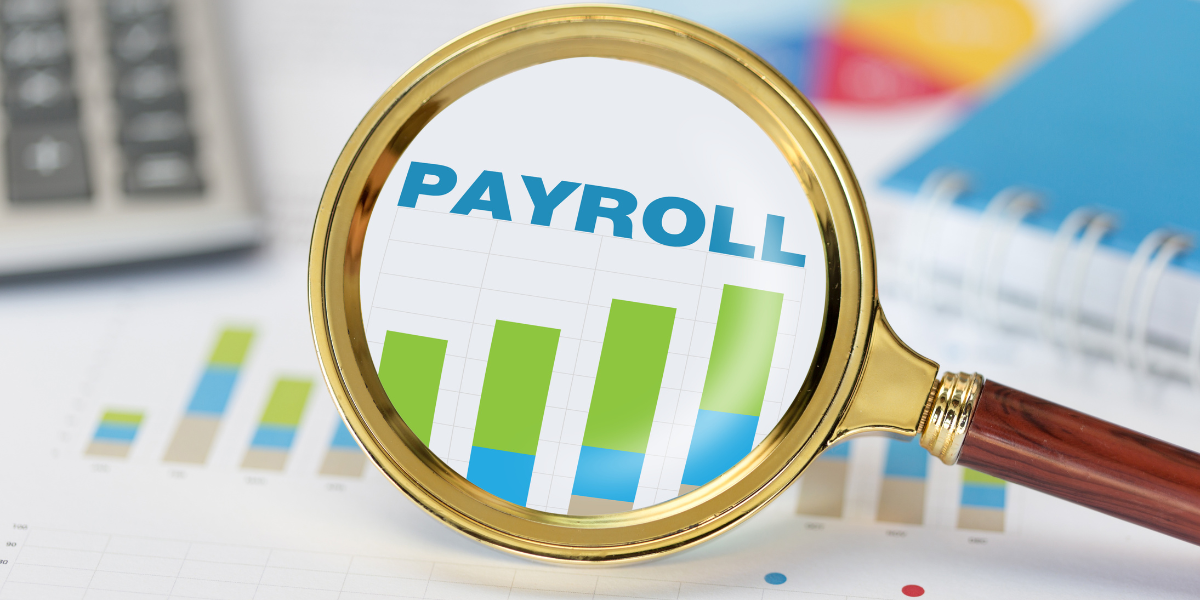
What is Hazard Pay?

As the nation—and world—continues to navigate the many changes brought around by COVID-19, many people are discussing how we can give back to “essential workers” who continue to risk their lives every day to help others.
Essential employees are working longer hours, dealing with increased stress and anxiety, and worrying about their own health and the health and safety of their families and loved ones. While these essential workers are crucial to our country’s ability to save lives and give people access to the resources and services they need, this increased pressure and workload are likely not sustainable.
To help alleviate these concerns and show support for their sacrifices, many people believe healthcare, transit, retail workers, and other employees doing essential work should be entitled to additional pay for putting their lives at risk—especially because many of these roles are not highly paid to begin with.
While no one could have foreseen a global pandemic, odds are many employees didn’t know they’d potentially be putting their health at risk by taking a job as a cashier or warehouse worker. While many of us have the luxury of working from home, these individuals are risking exposure to a deadly virus every time they clock in. And because they weren’t aware of these risks when they accepted their position, many people are calling for them to be eligible for hazardous duty pay, or hazard pay.
Here’s a look at hazard pay, what it means for employees and employers, and why it’s currently a trending topic:
What is Hazard Pay?
The Department of Labor defines hazardous duty pay, or hazard pay, as the “additional pay for performing hazardous duty or work involving physical hardship.” Here’s a detailed look at what that definition means:
- Hazardous duty refers to work where an accident could result in serious injury or death. For example, if an employee has to perform a duty on a high structure, or on an open structure where they’re susceptible to severe conditions like darkness, lightning, high winds, etc.
- Physical hardship means an employee performs a duty that causes extreme physical discomfort and distress, which cannot be adequately alleviated by protective or mechanical devices. For example, if an employee has to work in extreme temperatures for a long period of time or if they are exposed to fumes, dust, etc. that causes nausea or skin irritation.
For more examples of qualifying hazardous working conditions, click here.
Hazard pay is often paid to high-risk, dangerous roles, like soldiers, miners, or construction workers; however, many people are advocating for essential workers—who are potentially exposed to coronavirus while they work—to be eligible for hazard pay, as well.
Is Hazard Pay Required?
The DOL does not currently require that employers provide hazard pay.
Who is Eligible for Hazard Pay?
Eligibility is determined by an employer. There are no federal laws that require employers to pay employees hazard pay. If they choose to do so, the eligible employees and the amount of pay is completely at the discretion of the employer.
How is Hazard Pay Calculated?
Hazard pay may not be more than 25 percent of the employee’s rate of basic pay, but aside from that, it can be whatever an employer chooses. One survey revealed that of the 26 percent of respondents offer employees hazard pay or one-time spot bonuses; 9 percent offer one-time bonuses; 8 percent tied incentives to hours and shifts worked; and 9 percent offered cash incentives based on a different formula, such as a percentage of salary.
An employee may receive hazardous duty pay for work during overtime hours, but hazard pay is calculated based on the employee’s normal hourly pay rate, not their overtime rate.
Hazard Pay in The News
As the country continues to combat coronavirus, essential workers have been working tirelessly to do their jobs and help fight the spread of the disease. Many of these essential jobs are low-income jobs, and a number employees have seen hours cut in response to the virus. To help give essential workers peace of mind and acknowledge their sacrifices, many politicians and employees are advocating for pay increases, incentives, and hazard pay eligibility for essential workers.
On April 21, New York Governor Andrew Cuomo called on the federal government to provide hazard pay, as much as a 50 percent raise, in its next stimulus package to support essential workers carrying us through the crisis. Cuomo cited that because many frontline workers come from marginalized groups and low-income households, they especially need our support now.
And hazard pay has attracted attention in Washington, D.C., as well. Democrats in the Senate have proposed the “Pandemic Premium Pay Fund,” also known as the “Heroes Fund,” that would provide pay raises to essential workers through the end of 2020. The proposal would give essential workers between $5,000 and $25,000 in addition to their normal salary. The plan would also provide a $15,000 recruitment incentive for health, home care, and first responder employers to attract job candidates and retain essential workers. The proposal still has a way to go before becoming a law, but it could give premium hazard pay to frontline workers across the country.
Some cities are also looking to introduce their own hazard pay requirements. New York City Council introduced an "Essential Workers' Bill of Rights” that would require employers with more than 100 essential workers to pay them a $30 bonus for shifts under four hours, $60 for shifts four to eight hours, and $75 for any shift longer than eight hours. If passed, the bill would require these additional wages to continue until the state of emergency is lifted.
Offering hazard pay is just one of the ways employers are trying to support employees during the coronavirus crisis. From flexible scheduling to employee assistance programs, employers are trying their best to help employees to the “new normal.”
Need ideas on how to support your employees through these tough times? Click here to check out our COVID-19 Crisis Resource Center.

See how Namely's flexible solution will help you streamline your HR processes by having your people, payroll, and benefits info all in on place.
Get a demoYou May Also Like
Get the latest news from Namely about HR, Payroll, and Benefits.
Thanks for subscribing!


Get the latest news from Namely about HR, Payroll, and Benefits.
Thanks for subscribing!



